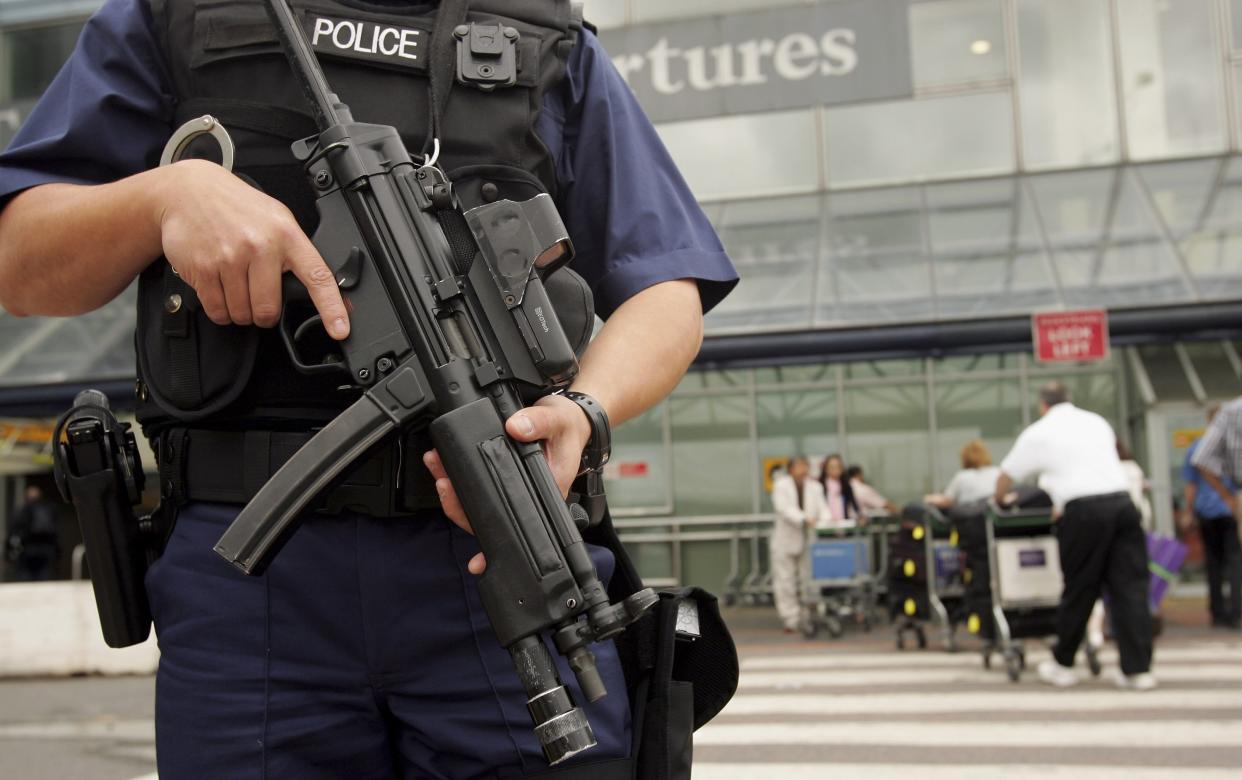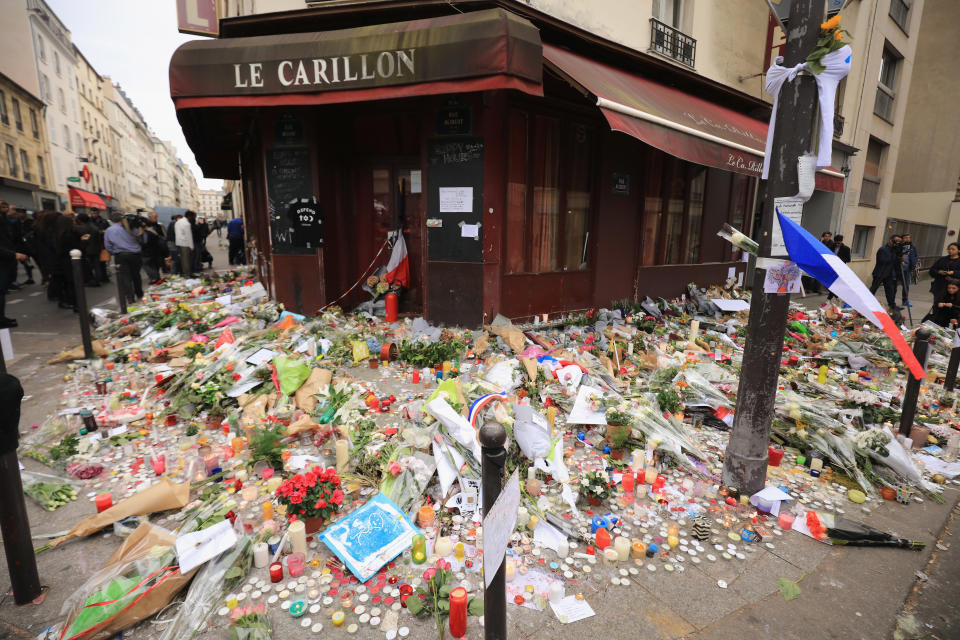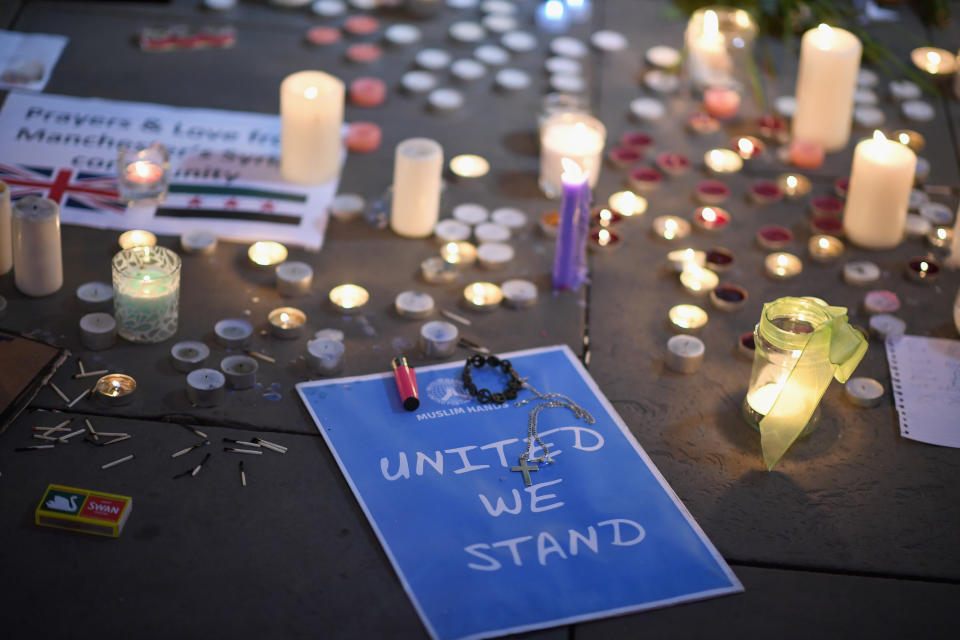What exactly defines something as “terrorism”?
In the wake of this week’s horrific terrorist attack in New York City, people around the globe are reeling at yet another example of an act of terror taking innocent lives. Law enforcement and government officials, including New York Mayor Bill de Blasio and President Donald Trump, were quick to call the actions of Sayfullo Saipov, the truck driver and primary suspect in the attack, an act of terrorism.
But many criticized Trump in particular for using different language to describe the most recent act of terror in Las Vegas, which stole 58 innocent lives and injured hundreds more. Both incidents — involving a heartbreaking loss of life — seem to have been deliberately planned out by the perpetrators as a way to inflict pain and suffering on human lives.
So why did Trump call that attack an act of “pure evil,” while referring to this one as a “terrorist attack?” And does it matter?
Just as acts of terror have seemingly become a regular occurrence all around the world, what defines terrorism has changed over time, too. It’s important to closely examine what it really means and why people are so angry when our president refuses to define an attack as an act of terrorism.
It may seem simple to define — after all, isn’t an act of terrorism simply any violent act with the intent of instilling fear into non-combatant victims? Unfortunately, there are so many grey areas, and that’s what makes it so challenging.
After the September 11, 2001 terrorism attacks in New York, Virginia, and Pennsylvania, President George W. Bush declared a “war on terrorism,” which seemingly sought to defeat the largest terrorism group at the time, Al Qaeda. But as we know, other extremist groups (including ISIS, the group that, in recent years, many attackers around the globe have pledged loyalty to following their crimes) have developed in the 16 years since 2001, ensuring that terrorism is a daily threat everywhere, from a mosque in London to a bike path in New York City.
In 2013, President Obama declared that President Bush’s “war on terror” was over, saying,
“We must define our effort not as a boundless ‘Global War on Terror,’ but rather as a series of persistent, targeted efforts to dismantle specific networks of violent extremists that threaten America. Deranged or alienated individuals – often U.S. citizens or legal residents – can do enormous damage, particularly when inspired by larger notions of violent jihad. That pull towards extremism appears to have led to the shooting at Fort Hood, and the bombing of the Boston Marathon.”
You could name any number of devastating attacks in recent years, from the Boston Marathon bombing, to the mass shooting at a church in Charleston, to the neo-Nazi protests in Charlottesville, to the Las Vegas concert shooting, and you’d get different answers on which are terrorism, depending on who you ask.
Robin Lakoff, a linguist at the University of California, Berkeley, told NPR in 2015 that terrorism lies somewhere between crime and war, saying, “Although acts of war, acts of crime and acts of terror can look very much alike on the surface, they have very different motives, very different reasons for being, and I think that’s why people are confused. They look alike on the surface; they’re different underneath.”
But the difference is that an act of war insinuates conflict “between military forces of any origin,” and an act of terror is a threat or act of violence against a “non-combatant target,” aka, a civilian simply walking down the street, living their lives. Terrorism exists to send a message of fear — whether that message is political, religious, or otherwise — with the intended message to reach as large an audience as possible.
Much of the grey area with terrorism lies with motive, and many have criticized President Trump for only using the term when it applies to acts carried out by those born in or living in other countries, immigrants, and Muslims. In the case of the truck attack in Manhattan, it seems pretty evident that Saipov declared his allegiance to ISIS, thus Trump’s use of the word “terrorism” outright. But what about the Las Vegas shooting, in which Stephen Paddock seemingly had no religious or political motive to inflict so much suffering on his victims?
The FBI separates terrorism into two brackets: international terrorism and domestic terrorism. International terrorism is defined as an act “perpetrated by individuals and/or groups inspired by or associated with designated foreign terrorist organizations or nations,” listing the 2015 shooting in San Bernadino, California as an example due to the shooters’ “radicalized” views, “extremist ideologies,” and link to “foreign terrorist organizations.”
Domestic terrorism is defined as an act “perpetrated by individuals and/or groups inspired by or associated with primarily U.S.-based movements that espouse extremist ideologies of a political, religious, social, racial, or environmental nature.” It lists the Las Vegas shooting in 2014 as an example, when a married couple intended to use the shooting as a way to “start a revolution” and were “anti-government.”
Unfortunately, these definitions don’t do much to heal the heartbreak we feel each time there’s a violent attack on innocent lives, especially since they seemingly happen so frequently. But one thing is clear: Terrorism is not defined by a particular religion, ethnicity, or political group. Terrorism exists in every part of the world, and it’s carried out by those with extremist ideologies. As the threat landscape has widened, the definition has changed, and it will continue to change…but it’s worth remembering that in no matter what form it takes, terrorism is a devastating global endemic shaping all of our lives each and every day.






